Poker Rules | How to Play Poker (Texas Hold’em)
Learning poker rules is the first step in understanding how to play poker. This section explains the structure of a hand, the role of blinds, the flow of betting, and how showdowns work so you can sit at the table with confidence.
Understanding Basic Poker Rules

Every poker hand follows a simple structure. If you know the flow, you’ll feel more comfortable at the table, and start spotting where the real decisions happen. Here’s how a typical hand of No-Limit Hold’em plays out, step by step.
Step 1: Posting the Blinds
The two players to the left of the dealer post the small and big blinds. These are automatic bets that create action and make sure there’s always something in the pot. The blinds move clockwise each hand.
Step 2: Dealing Hole Cards
Everyone gets exactly two cards, face down. These are your hole cards. You’ll use them, along with community cards, to make your best five-card hand. Or, sometimes, to bluff like you’ve got one.
Step 3: Preflop Betting
Now the action starts with the player left of the big blind. You can fold, call, or raise. This round is where you decide whether your hand is worth continuing, and how much you’re willing to risk early.
Step 4: The Flop
Three community cards now hit the board. Everyone still in the hand sees the same flop and starts connecting their own hands, pairs, draws, traps. Another round of betting follows.
Step 5: The Turn
The fourth community card is dealt. This one often changes everything, completes a straight, adds a flush draw, or kills the action. Another round of betting tells the story.
Step 6: The River
The absolute final community card. You now know exactly what you have,and can guess what your opponent might be holding. This is the last betting round, and where big pots are won or lost.
Step 7: Showdown
If there’s still more than one player, you flip the cards and compare hands. Best five-card hand wins. But don’t forget: most hands don’t get here. Bluffing, pressure, and folds end way more pots than showdowns do.
Texas Hold’em Rules: The Most Popular Poker Variant
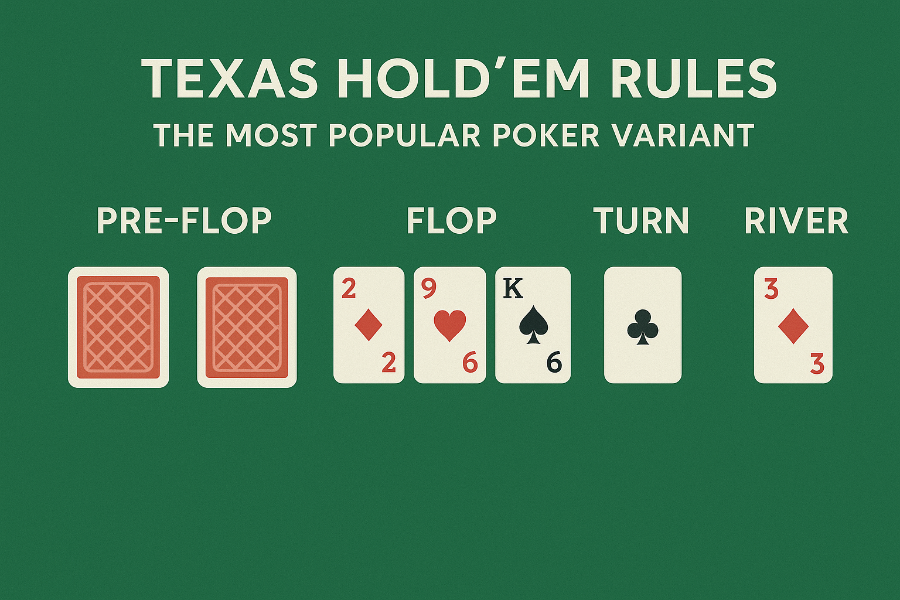
When most people say “poker,” they’re talking about Texas Hold’em. It’s the game you see on TV, at the World Series of Poker, and in just about every online poker room. And for good reason, Hold’em is fast, deep, and full of strategy.
The Basics
Each player gets two private cards, your hole cards, and tries to make the best five-card hand using those two plus five shared cards on the table. You can use both, one, or even none of your hole cards. Whatever gets you the best five-card combo.
Blinds and Position
Hold’em uses a small blind and big blind to create action. The dealer button rotates each hand, moving the blinds and shifting who acts first. Position matters, a lot. Being last to act gives you the most information and control, which is why late position is so powerful in this game.
The Four Streets
Hold’em has four betting rounds:
- Preflop: After players get their hole cards.
- Flop: Three community cards are dealt from the deck.
- Turn: A fourth community card is then dealt.
- River: The final community card is dealt to the board.
At each round, you’re making decisions based on your hand strength, your position, what your opponents might have, and how they are betting. It’s not just about the cards, it’s about reading the whole situation.
Winning the Hand
You win in two ways: either everyone else folds, or you show down the best hand. Most pots end without a showdown, especially in games with skilled players. Don’t chase every hand to the river, knowing when to fold is just as powerful as knowing when to bet big.
Poker Hand Rankings Explained

If you’re going to play poker seriously, or even casually, you need to know the hand rankings cold. This isn’t something you want to second-guess in the middle of a pot. Here’s how poker hands stack up, from strongest to weakest.
| Jump to Each Hand | |
|---|---|
| Royal Flush | Straight Flush |
| Four of a Kind | Full House |
| Flush | Straight |
| Three of a Kind | Two Pair |
| One Pair | High Card |
Royal Flush
The best hand in poker. A, K, Q, J, 10 , all the same suit. It’s rare, but when it hits, it’s unbeatable.
Straight Flush
Five cards in a row, all the same suit. Example: 8♦ 9♦ 10♦ J♦ Q♦. Only loses to a royal flush.
Four of a Kind
Also called “quads.” Four cards of the same rank, like 7♠ 7♣ 7♦ 7♥. If two players have quads, the higher rank wins.
Full House
A three-of-a-kind plus a pair. Example: 9♣ 9♦ 9♠ K♥ K♣. The trips determine the strength, not the pair.
Flush
Five cards of the same suit, not in order. Example: 2♣ 6♣ 9♣ J♣ Q♣. If multiple players have a flush, the highest card wins.
Straight
Five cards in sequence, any suits. Example: 5♥ 6♣ 7♠ 8♦ 9♦. Ace can be high or low (A-5 or 10-A), but never both.
Three of a Kind
Three cards of the same rank, like 4♠ 4♥ 4♦. If multiple players have trips, the kicker (highest side card) decides the winner.
Two Pair
Two separate pairs, like J♠ J♦ and 6♣ 6♥. If both players have two pair, the higher pair wins. If that’s tied, it comes down to the kicker.
One Pair
Just a single pair, like 10♣ 10♠, with three unrelated cards. A very common hand, and usually not enough to win a big pot unless you’re heads-up or the board is dry.
High Card
No pairs, no connections. Just your best single card. In Hold’em, high card only wins if everyone else missed completely.
Table Etiquette and Card Handling Rules
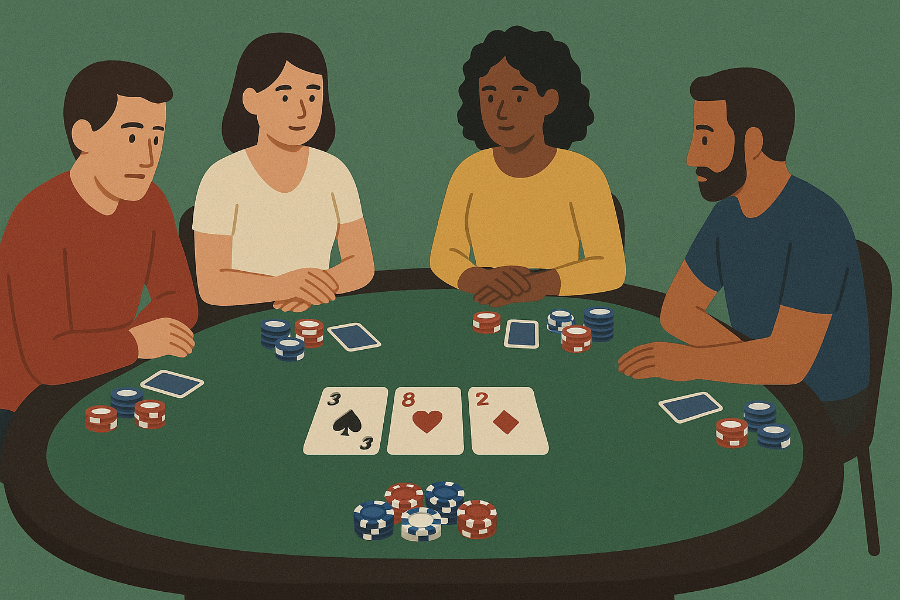
Knowing the rules of poker is one thing, but if you want to be welcome at any table, you also need to understand how to act. Good etiquette isn’t about being fancy; it’s about keeping the game clean, respectful, and fair for everyone involved.
Act in Turn
One of the first things you’ll hear at a live game is: “It’s not your turn.” Acting out of turn messes with the flow and can give away unfair info. Pay attention to the action and wait until it’s on you. Online games take care of this automatically, but live? You’re responsible.
Protect Your Hand
In live poker, it’s on you to protect your cards. Use a chip or card protector, and keep your hand over them when you’re not looking. If your cards get mucked by accident and you didn’t protect them, you’re out of the hand, no exceptions.
Don’t Slow Roll
Slow rolling, deliberately waiting to show the winning hand at showdown, is one of the biggest breaches of poker etiquette. It’s not clever; it’s just disrespectful. If you’ve got the best hand, table it quickly. Don’t stall just to build drama.
Don’t Coach at the Table
You might want to help a friend or comment on someone’s play, but mid-hand isn’t the time. Talking about strategy while cards are still live can influence the action unfairly. Save the analysis for after the session or during a break.
Handle Chips and Bets Clearly
Make your bets clear and consistent. Announce your action (“raise,” “call,” etc.) before pushing chips forward. Avoid string betting, where you add chips in multiple motions, which can be ruled a call instead of a raise. If in doubt, ask the dealer to clarify what’s allowed at that table.
Common Rule Mistakes to Avoid
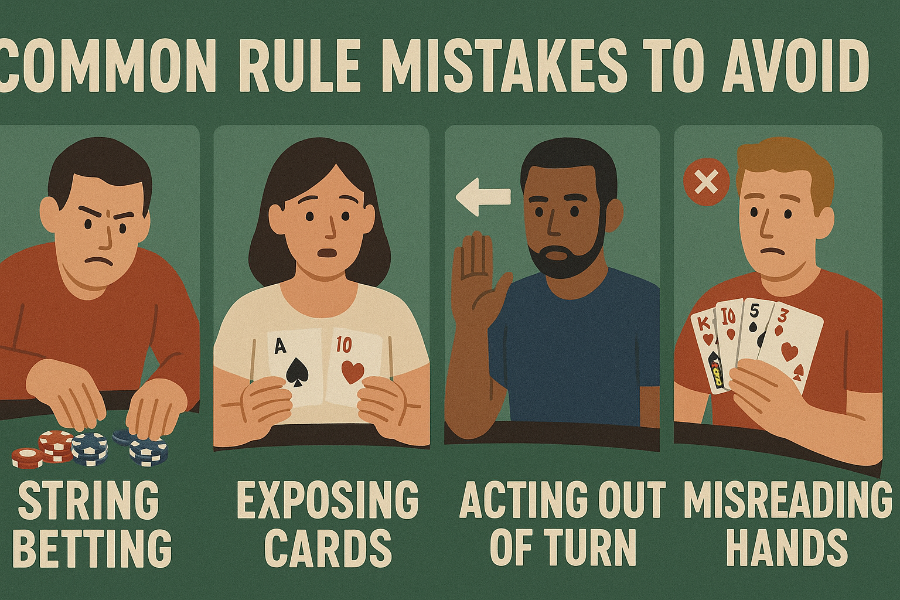
Even experienced players slip up on basic rules now and then, especially when switching between online and live games. If you want to avoid embarrassing moments, or worse, losing a pot you could’ve won, keep these common mistakes in mind.
Acting Out of Turn
It’s one of the most frequent slip-ups you see from new players, and sometimes experienced players, especially when they get distracted. Jumping the gun can give away information and disrupt the hand. Stay alert, and wait until the action’s on you before doing anything, especially at live tables.
Misreading the Board
It happens more than you’d think: players call down with what they think is a straight, only to realize the board doesn’t connect the way they imagined. Don’t rush to build a hand that’s not there. Double-check before you commit chips.
Mucking the Winning Hand
Yes, it’s possible to fold the best hand, and it’s a brutal feeling. If you muck without being sure you lost, you could be giving up a pot you earned. Always wait to see your opponent’s hand if there’s any doubt. Once your cards hit the muck, they’re dead.
String Betting
At live tables, you can’t just toss in chips however you like. If you put in chips in multiple motions without announcing your action, it might be ruled a call, even if you meant to raise. The fix: say “raise” before you move a single chip.
Exposing Cards Early
Whether it’s showing a fold to get a read or flipping your hand too soon at showdown, revealing cards before the hand is done can affect the action and lead to penalties. In most games, cards stay face down until the dealer asks you to show.
Poker Rules Overview
At its heart, poker’s a game of tough decisions made in real time. The rules are simple, know how the cards are dealt, how betting flows, and what hand beats what. That’s the easy part. What really makes the game great is everything that comes after: figuring out your opponents, managing your chips, building your edge, and yeah, enjoying the ride while you’re at it.
If you’re just starting out, focus on playing in turn, protecting your hand, and knowing the hand rankings by heart. Those three alone will keep you out of most beginner traps. As you get more experience, you’ll learn when to tighten up, when to get aggressive, and how to spot mistakes other players don’t even realize they’re making.
And remember: the rules are there to keep the game fair, but the edge comes from what you do within those rules. Play sharp, stay patient, and let the other players make the big mistakes.


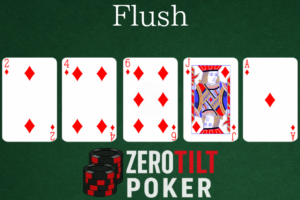
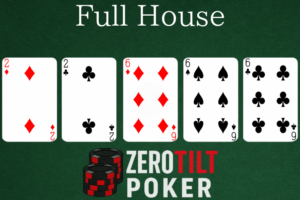
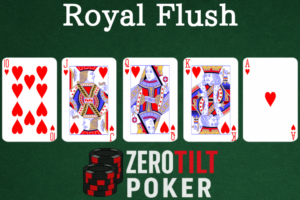
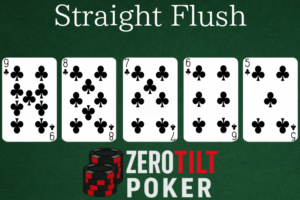
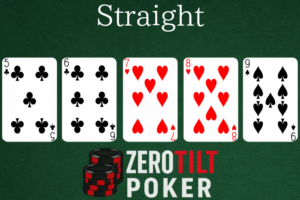
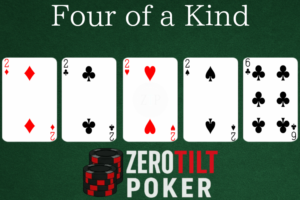
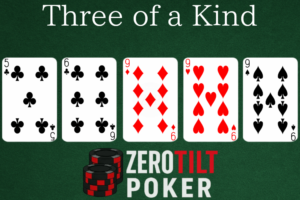
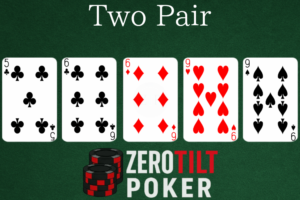



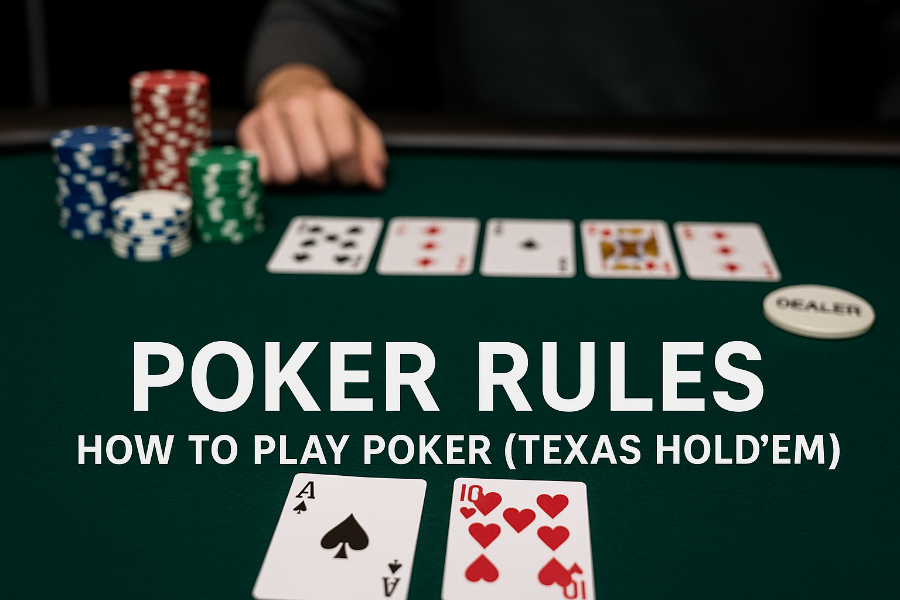
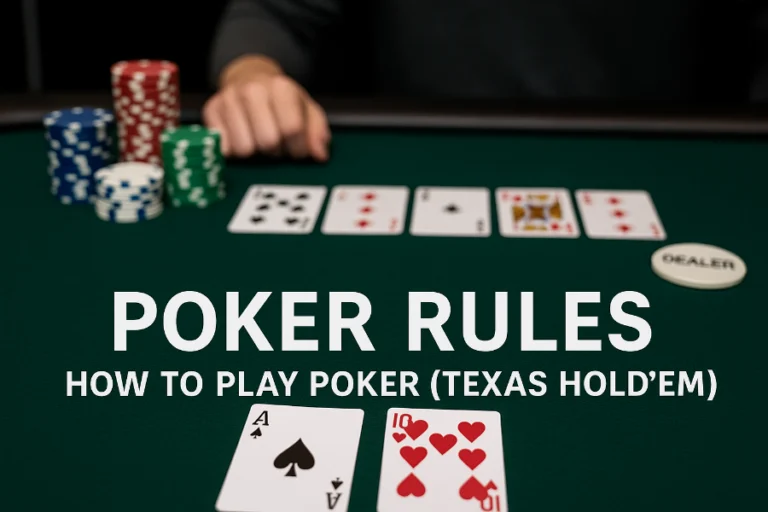

Leave a Reply